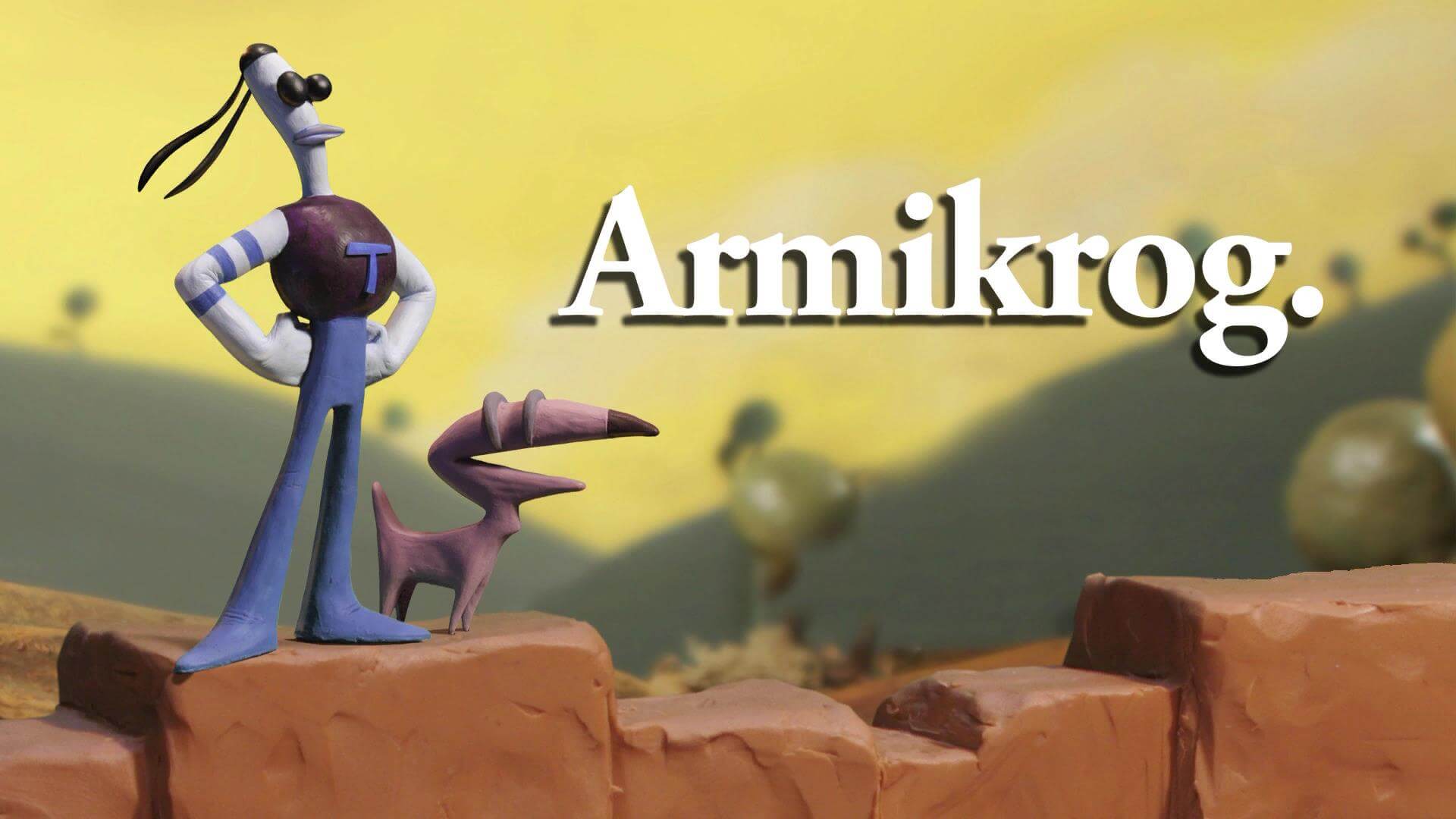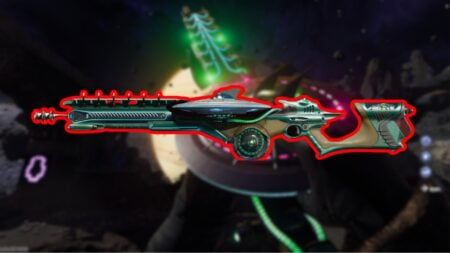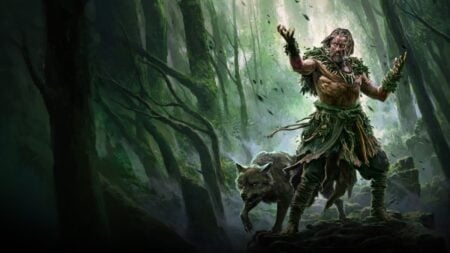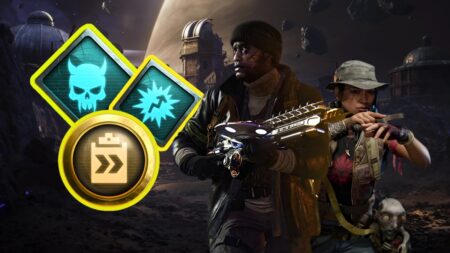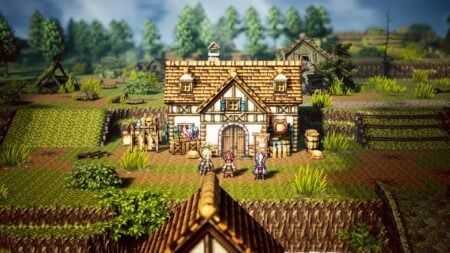Title: Armikrog
Available On: PlayStation 4,
Developer: Pencil Test Studios
Publisher: Versus Evil
Genre: Point and Click, Adventure
Official Site: https://armikrog.com/home
Release Date: 09-30-15
Where To Buy:
Stop motion animation is one of the most under-appreciated forms of art and production in the entertainment industry, be it television, movies or even the scarce video game rendition. Released in 1996 by The Neverhood Inc. , The Neverhood is the most notable – and to my knowledge first – an example of stop motion animation in video games. The point and click adventure follows the exploits of a clay character named Klaymen, as he discovers his origins and his purpose in a world made entirely out of clay. The game was a critical success and even managed a sequel, Skullmonkey’s, that disappointed fans as a result of the shift from a point and click adventure game to a platformer.
Approximately 20 years later, remnants of the studio have partnered with Pencil Test Studios and Versus Evil to create a true spiritual successor to The Neverhood, titled Armikrog. The game follows Tommynaut and Beak-Beak (His name was Robert Paulsen), a space explorer and his dog who crash-land on a planet called Spiro 5 in the hopes of finding resources to save their home planet. The opening cinematic set the tone for the rest of the game, with quirky music and comedic dialogue, though the opening voice-overs for Tommy and Beak-Beak (His name was Robert Paulsen) contain strange echo to them despite being outside.
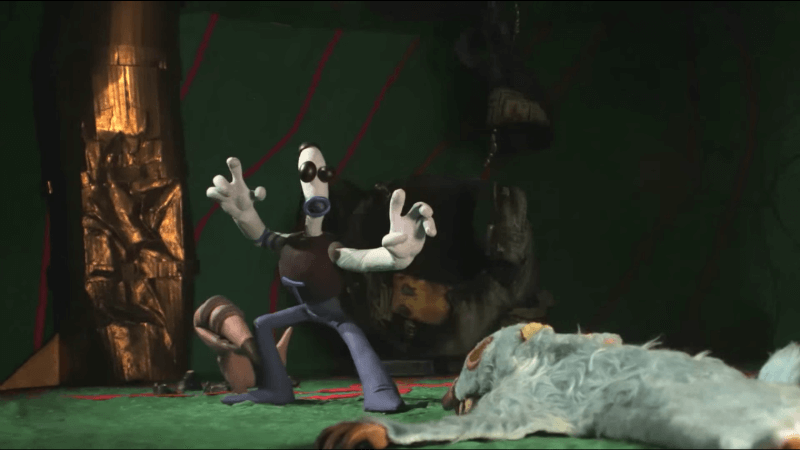
It would seem that problem was an isolated incident as the voice work stayed consistent throughout and played a large role in jokes being funny as a result of comedic timing. The cinematics, and the humor within them, where certainly the games strong suit, but unfortunately Armikrog didn’t have very many of them. Despite the five and a half hour playtime, the puzzle game only contains approximately ten minutes of cutscenes, with the vast majority represented in the beginning and ending cinematic.
The lack of a strong cinematographic presence wouldn’t entirely be a problem if the gameplay was more captivating. While the puzzles are unique, a lot of their difficulty revolves around the lack of knowledge the game provides – as there are no tutorials and the only hints provided are by a vague hologram of a statue (Father) – and is more trial and error than creative. The lack of knowledge improves about two hours into the game as puzzles begin to exhibit similar patterns and methods of resolution. But it takes far too long to establish consistency and would lose most casual gamers’ interest after they spent an hour searching for an answer, only to realize they didn’t click on a specific area or stay in the same spot for longer than two seconds to trigger an effect.
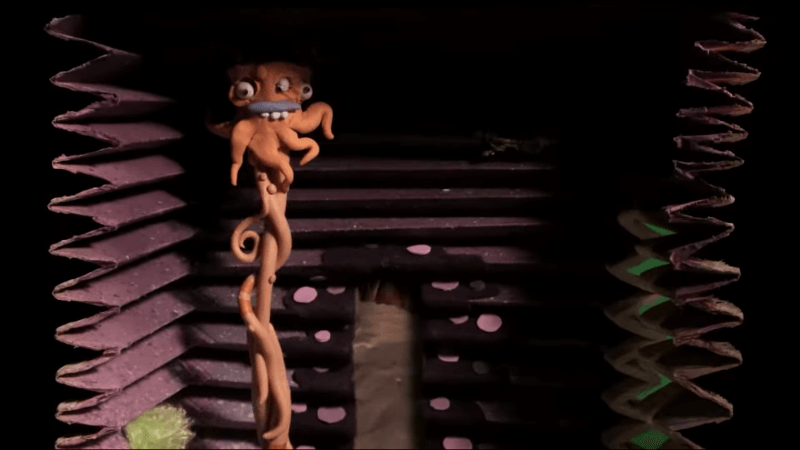
The little bit of gameplay that does exist in Armikrog is muddled down to moving a cursor over one spot and pressing A (on
While the gameplay was notably frustrating, one of Armikrogs biggest strengths lies in the ambiance of the game. The landscapes and creatures that inhabit the strange world of Spiro 5 are outlandishly designed but fit the games weird comedic vibe. The accompanying score, by The Neverhood composer Terry Scott Taylor, solidifies the game’s quirkiness, weirdness, and comedy perfectly.
My final gripe comes down to time spent in Armikrog. As I mentioned before, I finished the game at around five hours and thirty minutes with almost one hundred per cent of the achievements at a leisurely pace. Upon looking up speed runs of the game, prior knowledge of the puzzles and how they work puts the games entire runtime at just about an hour. That means that of the time I spent playing the game, around eighty percent of it was just figuring out what the hell was going on (I know it’s a puzzle game but come on).

With likable characters, rich lore, and beautiful music to support it, there is a lot of potential in Armikrog. But the game aspect of this video game is second rate and is made up of vague, repetitive puzzles and far toomuch wasted space. Though I didn’t enjoy Armikrog as much as I might have hoped, I genuinely hope to see more from Pencil Test Studios in regards to the adventures of Tommynaut, Beak-Beak (His name was Robert Paulsen), and the weird worlds that make up their distinctive clay universe.
[embedyt] https://www.youtube.com/watch?v=xlT0f82hcJg[/embedyt]
[gap height=”15″]
- Gameplay: Boring puzzles and lack of direction lead to more walking around and loading screens than actual gameplay.
- Graphics: Beautiful stop motion claymation is as good in Armikrog as it is in any movie (i.e Chicken Run, Wallace and Grommet, Kubo and the Two Strings).
- Sound: Alien chords and weird sounds fit the ambiance of Spiro 5 and it’s creatures flawlessly.
- Presentation: The lack of a consistent cinematographic presence really presents Armikrog’s problems glaringly.
[review]

